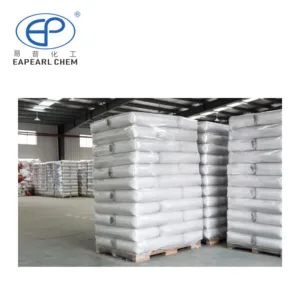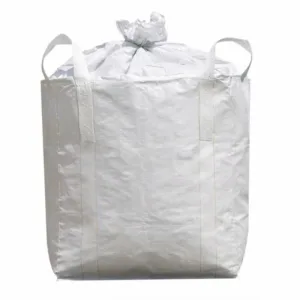L(+)-Tartaric Acid
——Your Reliable Choice for Quality and Efficiency

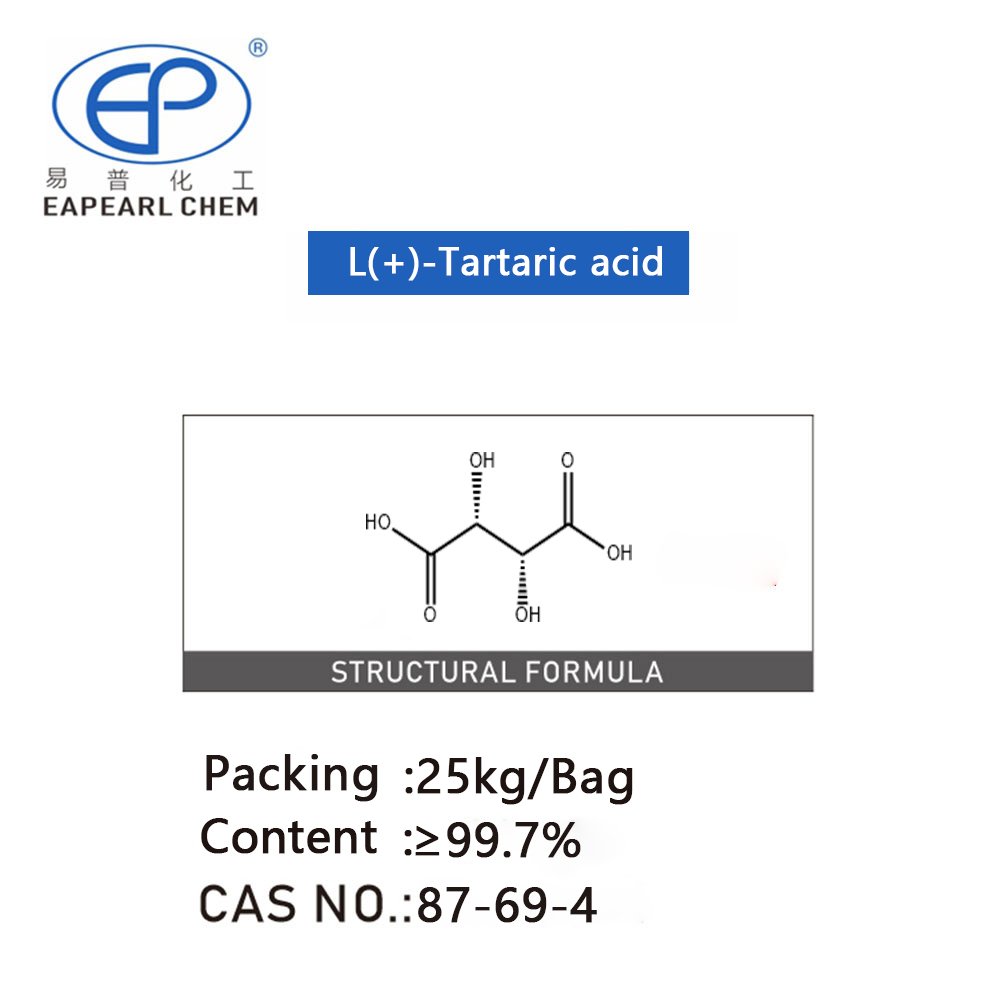

Introduction:L(+)-Tartaric Acid is a naturally occurring organic acid, known chemically as 2,3-dihydroxybutanedioic acid. It is a white, crystalline substance that is highly soluble in water and known for its sour taste. L(+)-Tartaric Acid is widely utilized in various industries due to its chiral properties and its ability to stabilize chemical formulations.Known for its excellent quality and consistency, our L(+)-Tartaric Acid is a key ingredient in several industrial processes, offering numerous benefits to manufacturers and end-users alike.
Synonyms:L-Tartaric Acid、Dextrorotatory Tartaric Acid、L-(+)-Tartaric Acid、2,3-Dihydroxybutanedioic Acid、(2R,3R)-Tartaric Acid、Natural Tartaric Acid
Nature and Characteristics
L(+)-Tartaric Acid, a naturally occurring organic acid, is renowned for its unique chemical properties and wide range of industrial applications. Understanding its nature and characteristics is essential for leveraging its full potential in various processes.
Chemical Nature
- Chemical Formula: C₄H₆O₆
- Molecular Weight: 150.09 g/mol
- CAS Number: 87-69-4
- Optical Activity: Dextrorotatory (right-handed), which makes it useful in chiral synthesis.
Physical Characteristics
- Appearance: White crystalline powder
- Melting Point: 170-172°
- Solubility:Highly soluble in water (139 g/100 ml at 20°C)Moderately soluble in ethanol
- Taste: Sour

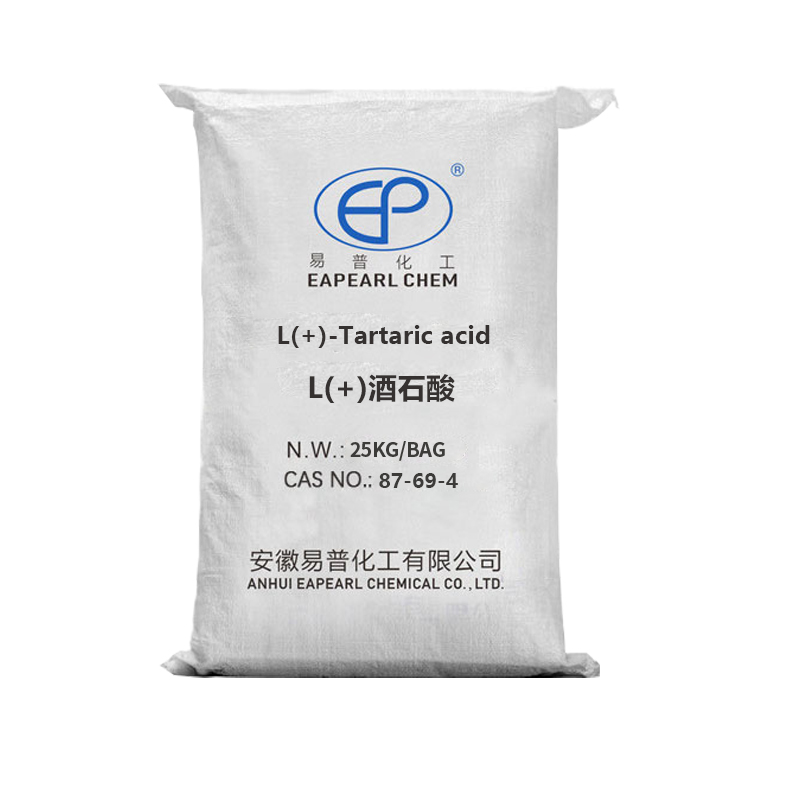

Table of Contents
Packing Instruction
| L(+)-Tartaric Acid Packaging | Capacity | 20GP | 40GP |
| Bag | 25kgs/bag | total 800 bags, Net 20 Tons | total 1040 bags, Net26 Tons |
| Ton Bag | 1 tons/bag | total 20 Ton bags, Net 20 Tons | total 24-26 Ton bags, Net 24-26 Tons |
REQUEST A QUOTE FOR MORE DETAILS
Applications of L(+)-Tartaric Acid
L(+)-Tartaric Acid finds extensive use across various industries due to its versatile properties and beneficial effects on product quality and stability. Explore the diverse applications where L(+)-Tartaric Acid plays a crucial role:
Food and Beverage Industry
- Acidulant: Enhances tartness and acidity in food products such as jams, jellies, and fruit juices.
- Stabilizer: Improves stability and texture in bakery goods, confectionery, and dairy products.
- Buffering Agent: Maintains pH levels in soft drinks, wine, and other beverages, ensuring consistent flavor profiles.
- Leavening Agent: Reacts with baking soda to produce carbon dioxide, contributing to the leavening process in baked goods.

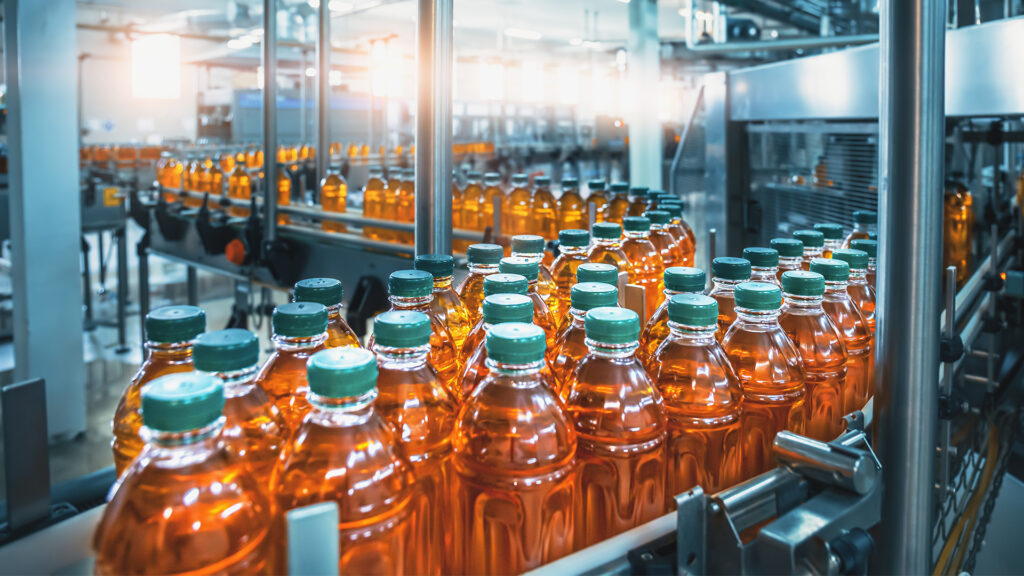




Pharmaceutical Industry
- Excipient: Enhances solubility and stability of active pharmaceutical ingredients (APIs) in tablets and capsules.
- Effervescent Tablets: Used in the preparation of effervescent formulations, providing a pleasant fizzing sensation upon dissolution.
- Chelating Agent: Forms complexes with metal ions, aiding in the formulation of certain medications and enhancing their efficacy.
Cosmetics and Personal Care Products
- pH Adjuster: Helps maintain the desired pH level in skincare formulations, ensuring compatibility with the skin.
- Antioxidant: Protects cosmetic formulations from oxidative degradation, extending their shelf life.
- Texture Modifier: Improves the texture and consistency of creams, lotions, and gels, enhancing user experience.




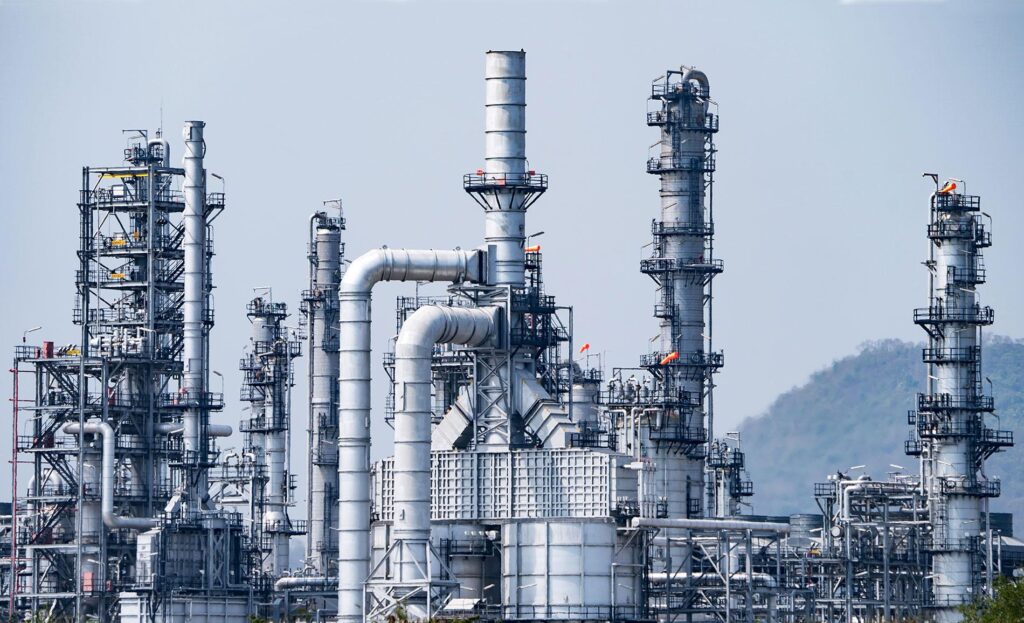

Chemical Industry
- Chiral Catalyst: Acts as a catalyst in asymmetric synthesis, facilitating the production of enantiomerically pure compounds used in pharmaceuticals and specialty chemicals.
- Complexing Agent: Forms stable complexes with metal ions, useful in analytical chemistry and metal extraction processes.
- Intermediate: Serves as a precursor in the synthesis of various organic compounds, including tartaric acid derivatives and pharmaceutical intermediates.
Production Technology of L(+)-Tartaric Acid
1. Raw Material Sourcing:
The production of L(+)-Tartaric Acid typically begins with the sourcing of raw materials such as tartaric acid-rich natural sources like grapes, bananas, and tamarinds, or byproducts of the wine-making industry such as wine lees or grape pomace.
2. Acid Hydrolysis:
The raw material undergoes acid hydrolysis, a process where tartaric acid is extracted using mineral acids such as sulfuric acid or hydrochloric acid. This process helps break down the raw material and release tartaric acid.
3. Isolation and Purification:
The extracted tartaric acid is then isolated and purified through various techniques such as filtration, crystallization, and recrystallization. These processes help remove impurities and separate L(+)-Tartaric Acid from other components.
4. Chiral Resolution:
L(+)-Tartaric Acid is a chiral molecule, meaning it exists in two enantiomeric forms: L and D. Chiral resolution is employed to isolate the desired L(+) form from the racemic mixture. This can be achieved through methods such as fractional crystallization or chromatography.
5. Neutralization:
The purified L(+)-Tartaric Acid is neutralized using a base such as calcium hydroxide or sodium hydroxide to form L(+)-Tartarate salts, which are more stable and easier to handle.
6. Crystallization:
The L(+)-Tartarate salts are subjected to crystallization to obtain the final product, L(+)-Tartaric Acid. Controlled crystallization conditions are employed to achieve the desired crystal size and purity.
7. Drying and Packaging:
The obtained L(+)-Tartaric Acid crystals are dried to remove any residual moisture and then packaged according to customer requirements. Proper packaging ensures product integrity and stability during storage and transportation.
Quality Control:
Throughout the production process, rigorous quality control measures are implemented to ensure the purity, consistency, and safety of the final product. This includes testing for impurities, pH levels, and optical purity.
The Dangers 、 Proper Storage and Handling of L(+)-Tartaric Acid
L(+)-Tartaric Acid, widely used in various industries, is generally safe when handled and used correctly. However, there are potential dangers associated with its misuse or overexposure. Understanding these risks and following appropriate safety precautions is essential.
Dangers of L(+)-Tartaric Acid
1.Gastrointestinal Issues
- Description: Ingesting large amounts can cause gastrointestinal distress.
- Symptoms: Nausea, vomiting, diarrhea, abdominal pain.
2.Allergic Reactions
- Description: Though rare, allergic reactions can occur.
- Symptoms: Rash, itching, swelling, dizziness, difficulty breathing.
3.Metabolic Acidosis
- Description:Overconsumption can lead to metabolic acidosis, a serious condition where the body produces excessive acid.
Symptoms: Rapid breathing, fatigue, confusion, headache.
4.Skin and Eye Irritation
- Description: Direct contact with concentrated solutions or powder can irritate the skin and eyes.
- Symptoms: Redness, itching, watering eyes, skin irritation.
5.Respiratory Issues
- Description: Inhaling dust or fumes can irritate the respiratory tract.
- Symptoms: Coughing, shortness of breath, respiratory irritation.
6.Chronic Exposure Risks
- Description: Long-term exposure in industrial settings may lead to chronic health issues.
- Symptoms: Potential long-term effects are not well-documented, but continuous exposure should be avoided.
Storage Conditions
1.Temperature Control
- Store L(+)-Tartaric Acid in a cool, dry place.
- Optimal storage temperature: 15°C to 25°C.
- Avoid exposure to extreme temperatures to prevent degradation.
2.Humidity Control
- Keep the storage area humidity below 50%.
- Use desiccants or dehumidifiers if necessary to maintain low humidity levels.
3.Sealed Containers
- Store in tightly sealed containers to protect against moisture absorption.
- Use original packaging or transfer to air-tight, moisture-proof containers.
4.Light Protection
- Avoid direct sunlight exposure.
- Store in a dark place or use opaque containers to prevent light-induced degradation.
5.Clean Environment
- Ensure the storage area is clean and free from contaminants.
- Avoid storing near chemicals that could cause contamination.
Handling Safety
1.Personal Protective Equipment (PPE)
- Wear appropriate PPE, including gloves, safety goggles, and protective clothing.
- Use respirators in areas with inadequate ventilation to avoid inhaling dust.
2.Ventilation
- Ensure good ventilation in the storage and handling areas.
- Use local exhaust ventilation or other engineering controls to maintain exposure levels.
3.Fire Safety
- L(+)-Tartaric Acid is not highly flammable but store away from strong oxidizers and heat sources.
- Equip the storage area with appropriate fire extinguishers (e.g., dry powder).
4.Spill Response
- In case of a spill, contain and collect the material using non-combustible absorbents (e.g., sand, diatomaceous earth).
- Dispose of collected material according to local regulations.
- Ensure personnel involved in spill response wear appropriate PPE.
5.Safety Signage
- Clearly label storage areas with safety signs indicating the presence of L(+)-Tartaric Acid.
- Provide emergency contact information and safety instructions.
Waste Disposal
1.Environmental Protection
- Dispose of waste material in compliance with local environmental regulations.
- Do not discharge into drains or the environment.
2.Recycling and Reuse
- Where possible, recycle and reuse waste material to minimize environmental impact.
Training and Education
1.Operational Training
- Ensure all personnel handling L(+)-Tartaric Acid receive proper training.
- Conduct regular safety drills and training sessions.
2.Regular Inspections
- Conduct periodic inspections of storage facilities and safety equipment.
- Ensure compliance with safety standards and promptly address any issues.
L(+)-Tartaric Acid is a valuable compound in various industries but requires careful handling to avoid potential health risks. Adhering to safety precautions and implementing proper handling protocols will help mitigate dangers and ensure a safe working environment.
REQUEST A QUOTE FOR MORE DETAILS
Advantages of the Chinese L(+)-Tartaric Acid Market
1. Cost-Effectiveness:
- Competitive Pricing: The Chinese market often offers competitive prices for L(+)-Tartaric Acid due to factors such as lower production costs and economies of scale.
- Bulk Purchase Discounts: Suppliers in China may offer discounts for bulk purchases, allowing you to optimize procurement costs.
2. Quality Assurance:
- Stringent Quality Controls: Reputable Chinese suppliers adhere to strict quality control measures to ensure the purity and consistency of L(+)-Tartaric Acid, meeting international standards.
- Certifications: Many Chinese manufacturers hold certifications such as ISO, HACCP, and GMP, providing assurance of product quality and safety.
3. Versatility and Availability:
- Wide Range of Suppliers: The Chinese market boasts a diverse pool of suppliers offering various grades and forms of L(+)-Tartaric Acid, catering to different industrial needs.
- Timely Delivery: With efficient logistics networks and shipping options, Chinese suppliers can ensure timely delivery of L(+)-Tartaric Acid to global destinations.
4. Innovation and Customization:
- R&D Capabilities: Chinese manufacturers invest in research and development, driving innovation in L(+)-Tartaric Acid production processes and applications.
- Customized Solutions: Suppliers may offer tailored formulations and packaging options to meet specific customer requirements, enhancing flexibility and convenience.
5. Global Market Presence:
- Export Expertise: Chinese suppliers have extensive experience in exporting L(+)-Tartaric Acid to international markets, facilitating smooth transactions and logistics.
- Market Insights: Leveraging China’s global market presence, suppliers can provide valuable insights into industry trends and market dynamics.
6. Customer Support and Communication:
- Responsive Service: Chinese suppliers often prioritize customer satisfaction, providing prompt responses to inquiries and addressing any concerns or issues.
- Language Support: Many suppliers have multilingual staff or offer language support services, ensuring effective communication with international customers.
7. Sustainability Initiatives:
- Environmental Commitment: Increasingly, Chinese manufacturers are implementing sustainable practices and environmental initiatives, promoting eco-friendly production processes and products.
By leveraging the advantages of the Chinese L(+)-Tartaric Acid market, customers can access high-quality products, competitive pricing, and reliable services to meet their industrial needs effectively.
Why Choose Our L(+)-Tartaric Acid?
At Eapearl Chemicals, we specialize in providing premium chemical solutions to meet the diverse needs of industries worldwide. With our unwavering commitment to quality and innovation, we have earned a reputation as a trusted supplier in the market.
1.Exceptional Quality:
Our L(+)-Tartaric Acid is manufactured under strict quality controls to ensure:
- High Purity: Minimal impurities, meeting stringent quality standards.
- Consistency: Uniformity across batches, ensuring reliable performance in diverse applications.
- Compliance: Certified to meet regulatory requirements, providing peace of mind to our customers.
2.Reliable Supply Chain:
With our efficient logistics and distribution network, we ensure timely delivery to support your production schedules.
3.Cost-Effective Solutions:
We offer competitive pricing without compromising on quality, ensuring you get the best value for your investment.
4.Logistics Efficiency:
We offer flexible and reliable shipping options, ensuring your orders arrive on time, every time.
5.Certification Compliance:
Our products come with all necessary certifications, simplifying your procurement process and ensuring regulatory compliance.
6.Expert Support:
Our knowledgeable team is always ready to assist with any technical or logistical queries, providing you with peace of mind.
From food and pharmaceuticals to cosmetics and chemicals, L(+)-Tartaric Acid serves as a versatile ingredient, contributing to the quality, stability, and efficacy of a wide range of products.
REQUEST A QUOTE FOR MORE DETAILS
L(+)-Tartaric acid Technical
| Name | L(+)-Tartaric acid |
| Synonyms | L-Tartaric Acid、Dextrorotatory Tartaric Acid、L-(+)-Tartaric Acid、2,3-Dihydroxybutanedioic Acid、(2R,3R)-Tartaric Acid、Natural Tartaric Acid |
| CAS | 87-69-4 |
| EINECS | 201-766-0 |
| Chemical Formula | C4H6O6 |
| Molecular Weight | 150.09 |
| InChI | InChI=1/C4H6O6/c5-1(3(7)8)2(6)4(9)10/h1-2,5-6H,(H,7,8)(H,9,10)/p-2/t1-,2+ |
| InChIKey | FEWJPZIEWOKRBE-JCYAYHJZSA-N |
| Density | 1.76 |
| Melting Point | 170-172°C(lit.) |
| Boling Point | 191.59°C (rough estimate) |
| Specific Rotation | 12 º (c=20, H2O) |
| Flash Point | 210 °C |
| Water Solubility | 1390 g/L (20 ºC) |
| Vapor Presure | <5 Pa (20 °C) |
| Vapor Density | 5.18 (vs air) |
| JECFA Number | 621 |
| Solubility | H2O: soluble in 1m at 20 °C, clear, colorless |
| Refractive Index | 12.5 ° (C=5, H2O) |
| Acidity coefficient | 2.98, 4.34(at 25℃) |
| PH | 3.18(1 mM solution);2.55(10 mM solution);2.01(100 mM solution) |
| Storage Condition | Store at +5°C to +30°C |
| Stability | Stablize. Incompatible with oxidizing agents, alkalis, and reducing agents. Combustible. |
| Sensitive | Easily absorbing moisture |
| Appearance | White crystalline powder |
| Color | White or colorless |
| Merck | 149,070 |
| BRN | 1725147 |
| Physical and chemical properties | Colorless translucent crystals or white fine to coarse crystalline powder with a sour smell. |
| Optical Activity | Dextrorotatory (right-handed), which makes it useful in chiral synthesis |
FAQs of L(+)-Tartaric Acid
Our L(+)-Tartaric Acid boasts a high purity level of 99.7%, ensuring optimal performance for your industrial applications.
Pricing is determined based on order quantity and current market conditions. For a precise quote, please reach out to our sales team.
Yes, we provide discounts on bulk purchases. The discount rate varies depending on the order volume.
Our minimum order quantity is 1 ton, catering to both large and small-scale needs.
We employ rigorous batch testing and quality control processes to guarantee consistent quality in every shipment.
Standard lead times are approximately 2-4 weeks, varying based on order size and destination.
Absolutely. We offer 100g-200g samples, with the client only covering shipping costs.
Our standard payment terms include a 30% advance and the balance against delivery, but terms can be negotiated for long-term partnerships.
We manage all aspects of international shipping and customs clearance, ensuring compliance with export and import regulations.
Yes, we offer comprehensive after-sales support, addressing any post-purchase queries or concerns.
We adhere to all international trade regulations. If there are specific restrictions applicable to your industry, we’ll inform you during our initial discussions.
REQUEST A QUOTE FOR MORE DETAILS
How can we handle your order?



step 1
We will communicate with you within 24 hours after you send an enquiry.

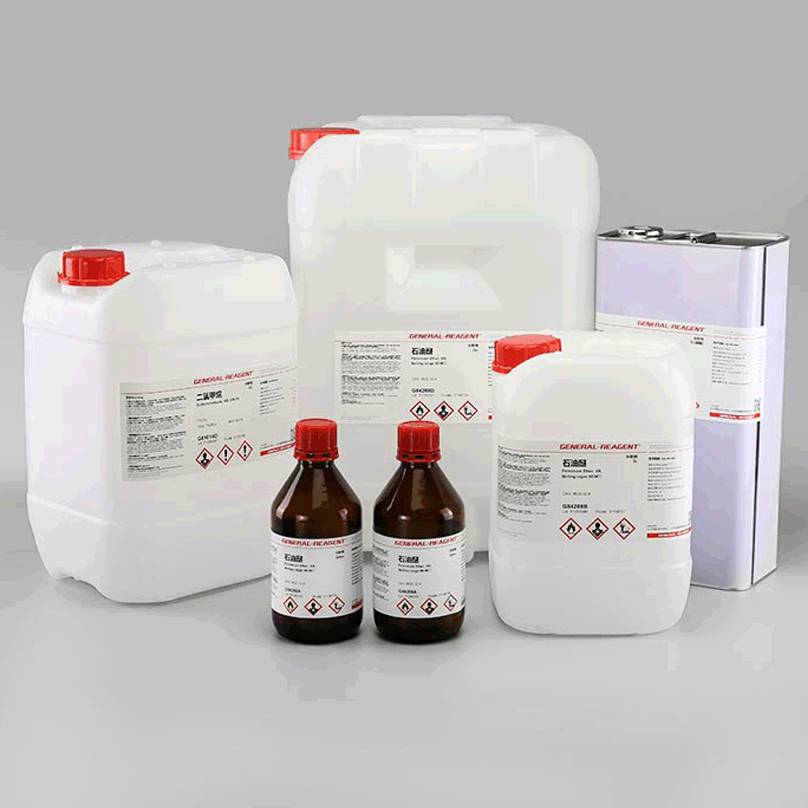

step 2
If you need sample testing, we will send samples within 5 days,≤50kg, Express delivery recommended, usually called as DDU service; delivery time 5-7 days. Door to door service.



step 3
If you need bulk goods after the sample test is qualified, we will ship the goods to the port and keep the samples within 6 days after the order is confirmed. Sea shipping recommended, usually called as FOB, CFR, or CIF service.delivery time 10-45 days. Port to port service.



step 4
After waiting for you to receive the goods, we will arrange professional staff to pay a return visit within 7 days.



